A Sunday morning. A tabletop sale. An Olympus camera case catches my eye. It’s about the right size and shape. I sidle over, pick it up. Act casual, act casual. I open it and…it’s not a Mju II. Well, it is, but rather than the oh-so sought after 35mm f/2.8 I was hoping for, I’m looking at the champagne chassis of its zoom-lensed cousin – the Olympus Mju II Zoom 80 Panorama. I reach into my pocket full of assorted camera batteries (no camera hunter should leave home without one) and hear “that’s just a pound, love” from the stall holder. Sold.
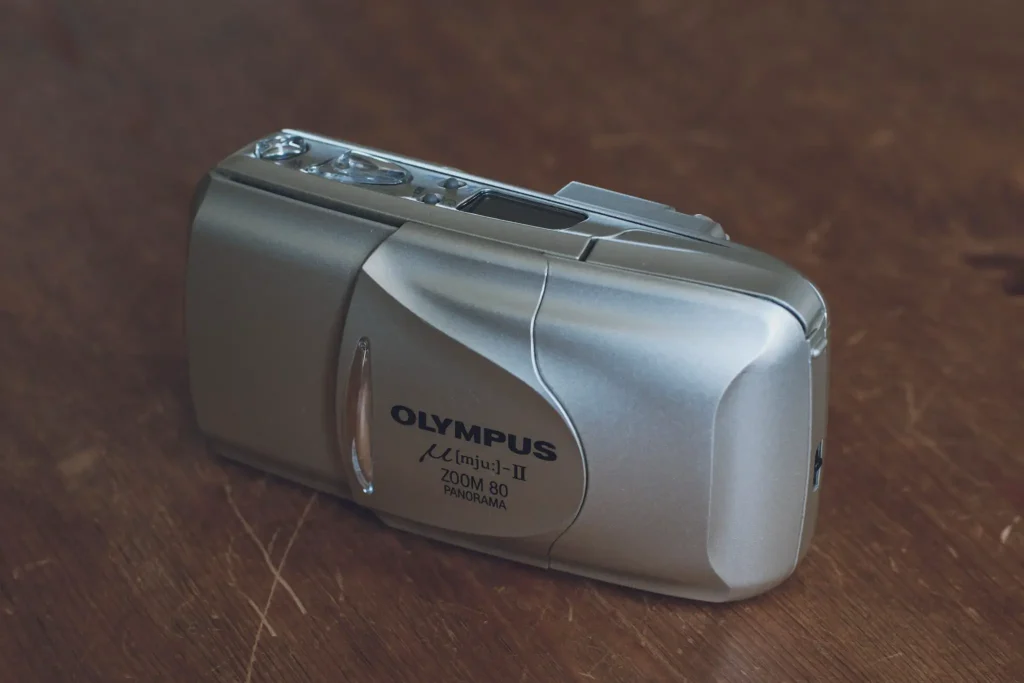
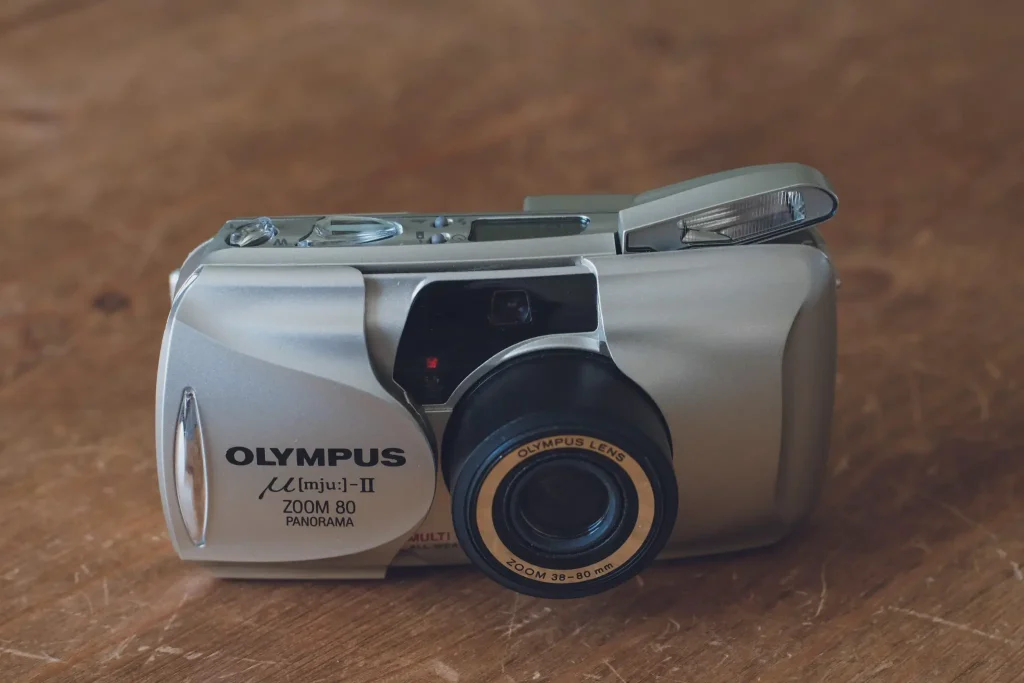
Back in the car, I finally battery test it and all is well. Slide back the lens cover and the Olympus Mju II Zoom 80 Panorama whirrs to life with a flourish I don’t think I’d ever tire of. Zoomed all the way out to 80mm it’s almost as long and unwieldy as its name, but in use I rather liked it. It’s a touch larger and has better ergonomics than the regular Mju II, the tapering shape of which leaves nowhere for the left hand’s fingers to naturally fall. The Zoom is squarer and easier to grip.
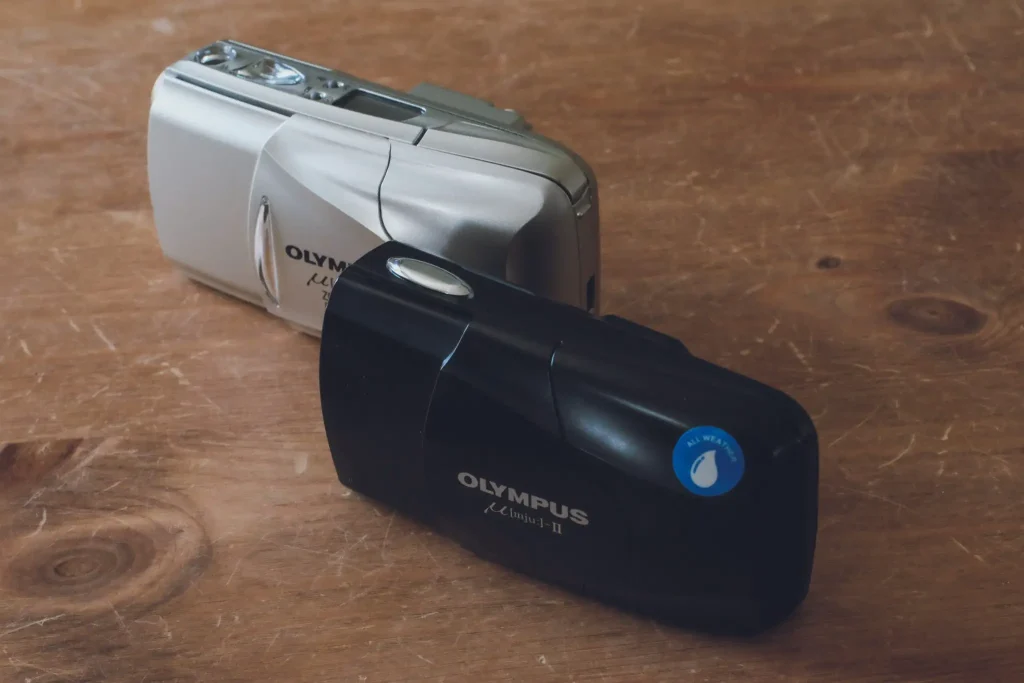
The biggest improvement lies in the viewfinder, which is significantly larger and easier to sight through compared to the ‘through the keyhole’ experience you get with the Mju II Prime. The Zoom 80 has selectable panorama baffles and, pleasingly, blacks out SLR-style while the shutter is open. The panorama mode proves disappointing in use, however, combining both wonkiness and fuzzy edges. I’ll stick to my Minolta Riva Panorama for that sort of thing.
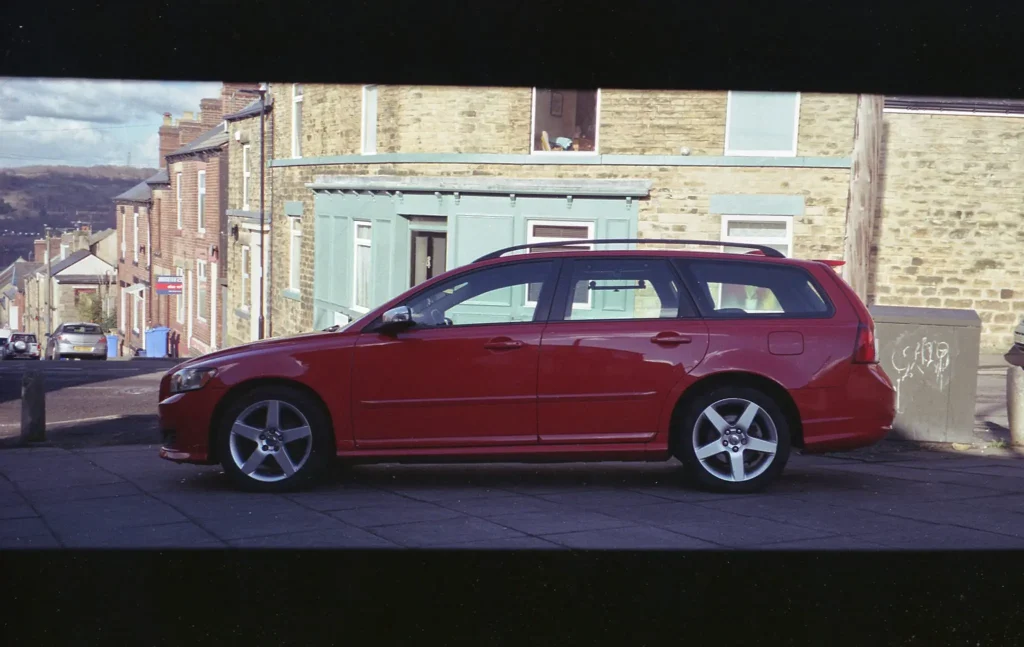
The Mju Zoom 80 meters and focuses just as accurately as its fixed-lens sibling, but shares its frustrating lack of flash mode memory. I found the half-press on the Zoom significantly easier to find than the hair trigger one on my Mju II, though that might just be a factor of this camera being virtually box fresh and mine being heavily weathered.
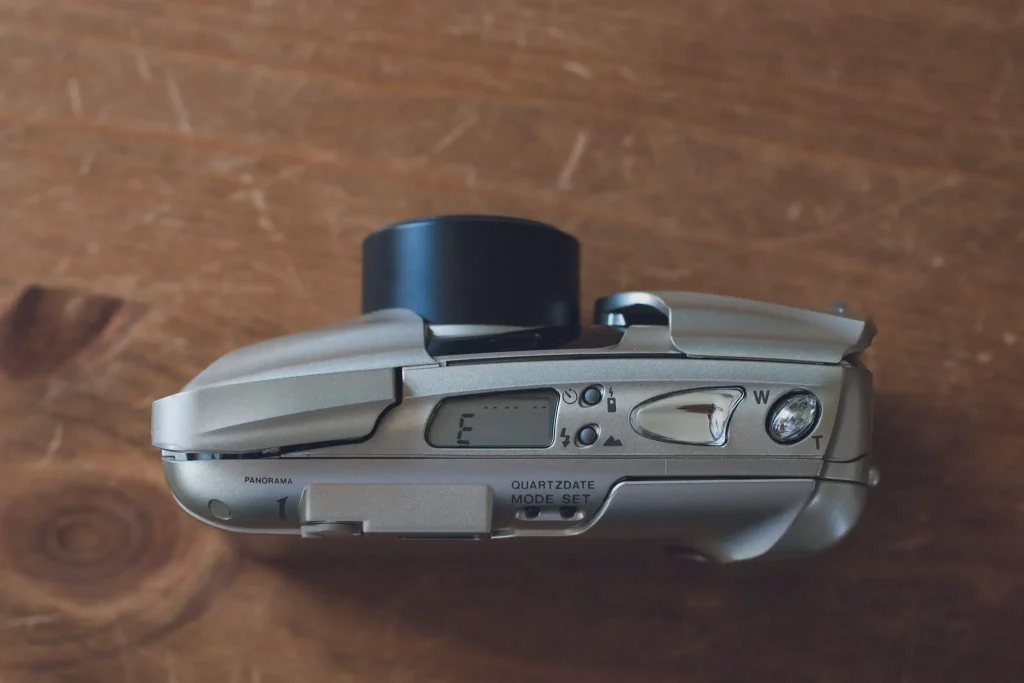
How does it compare in terms of image quality? Its 38mm f/4.5 wide end is certainly the Zoom 80’s strong suit. It shares the Mju II’s pleasing tones and is decently sharp. My few shots at 80mm are harder to judge, though. Several came out soft but I can’t say whether that’s an inherent quality of the lens or merely a combination of f/8.9, 200 speed film and an overcast day.
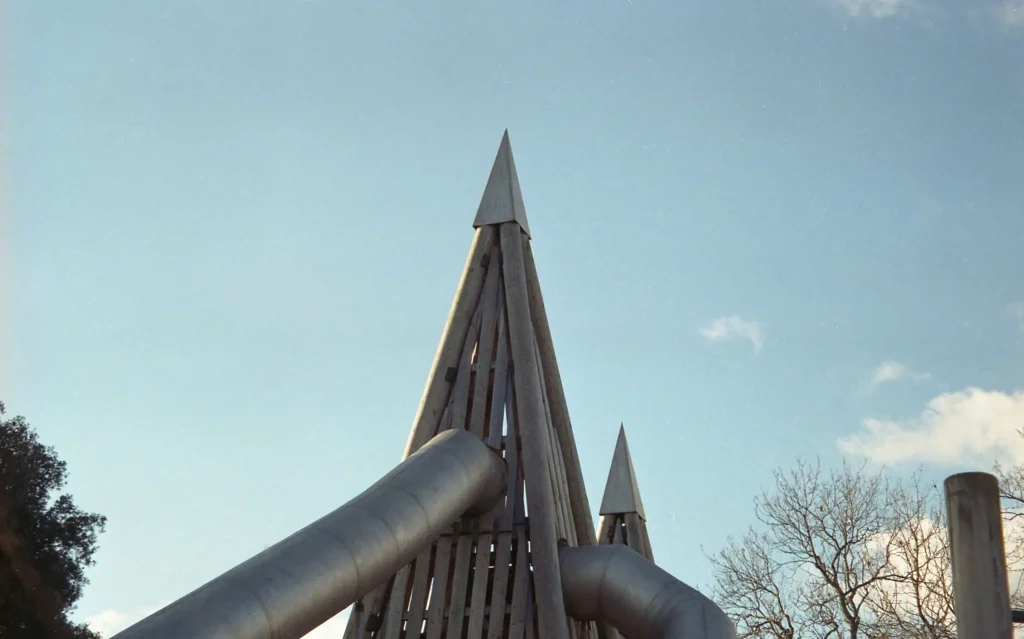

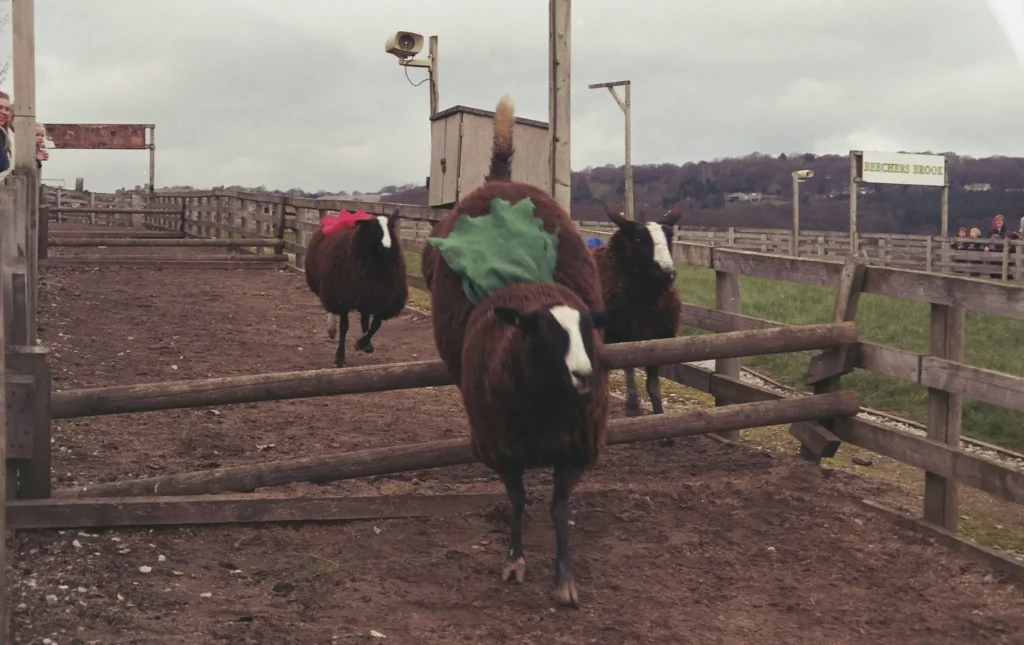


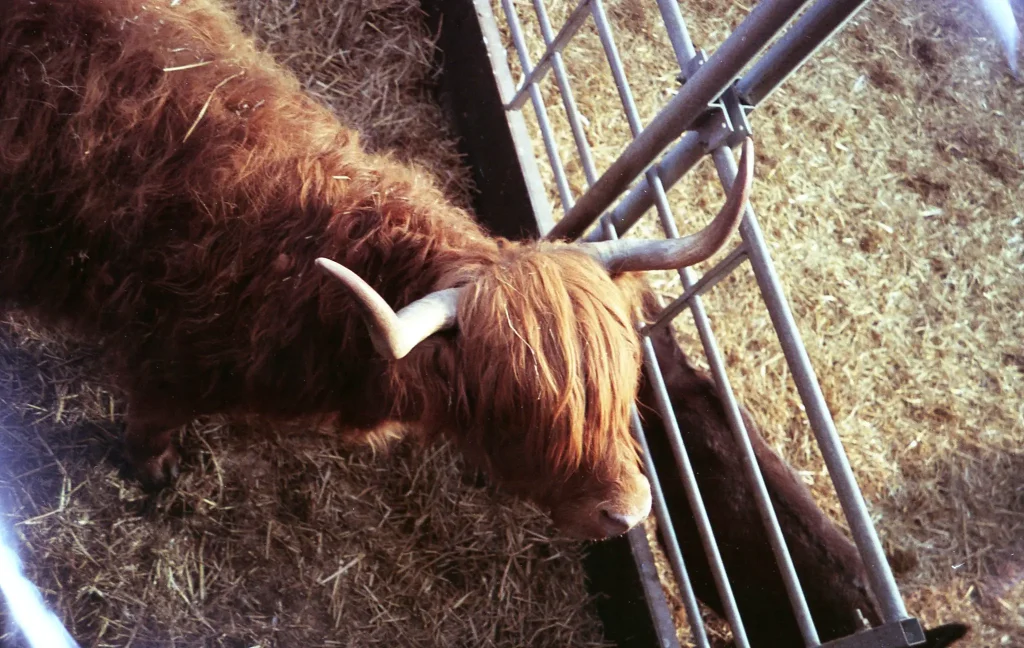
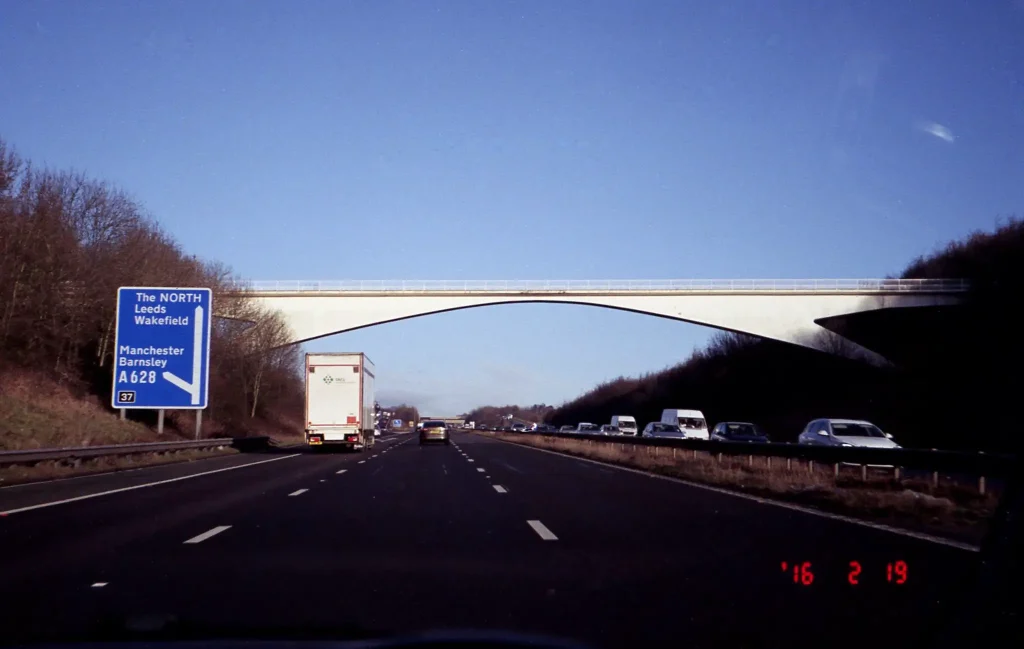
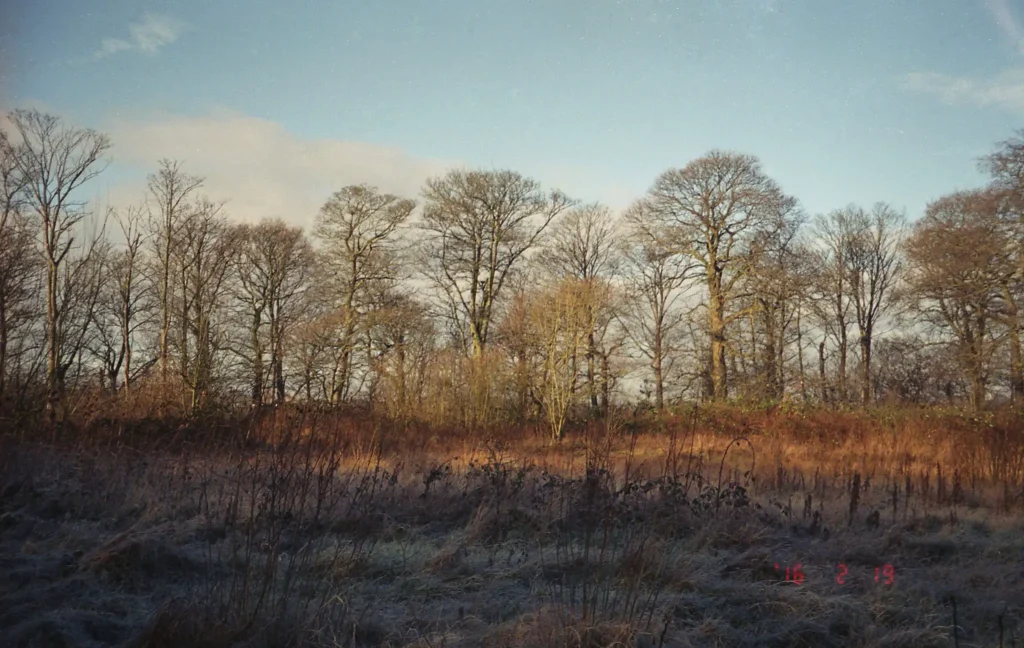
What does let the Olympus Mju II Zoom 80 Panorama down, however, is a strange circular flaring/artefact that appears toward the corners of several shots. I thought this might be a fault with my copy, but a search of Instagram suggests they all seem to do this. It only appears in the corners, so rarely ruins images completely, but I’m surprised Olympus sent a camera to market with such an obvious flaw. Consequently, it’s hard to recommend the Zoom 80 as the great value (a Mju II will cost around four times as much), versatile, all-weather compact it so nearly is, but it remains well worth picking up if the price is right.
You can find me on:
Instagram: https://www.instagram.com/therutlandflyer/
Flickr: https://www.flickr.com/photos/90524886@N00/
Share this post:
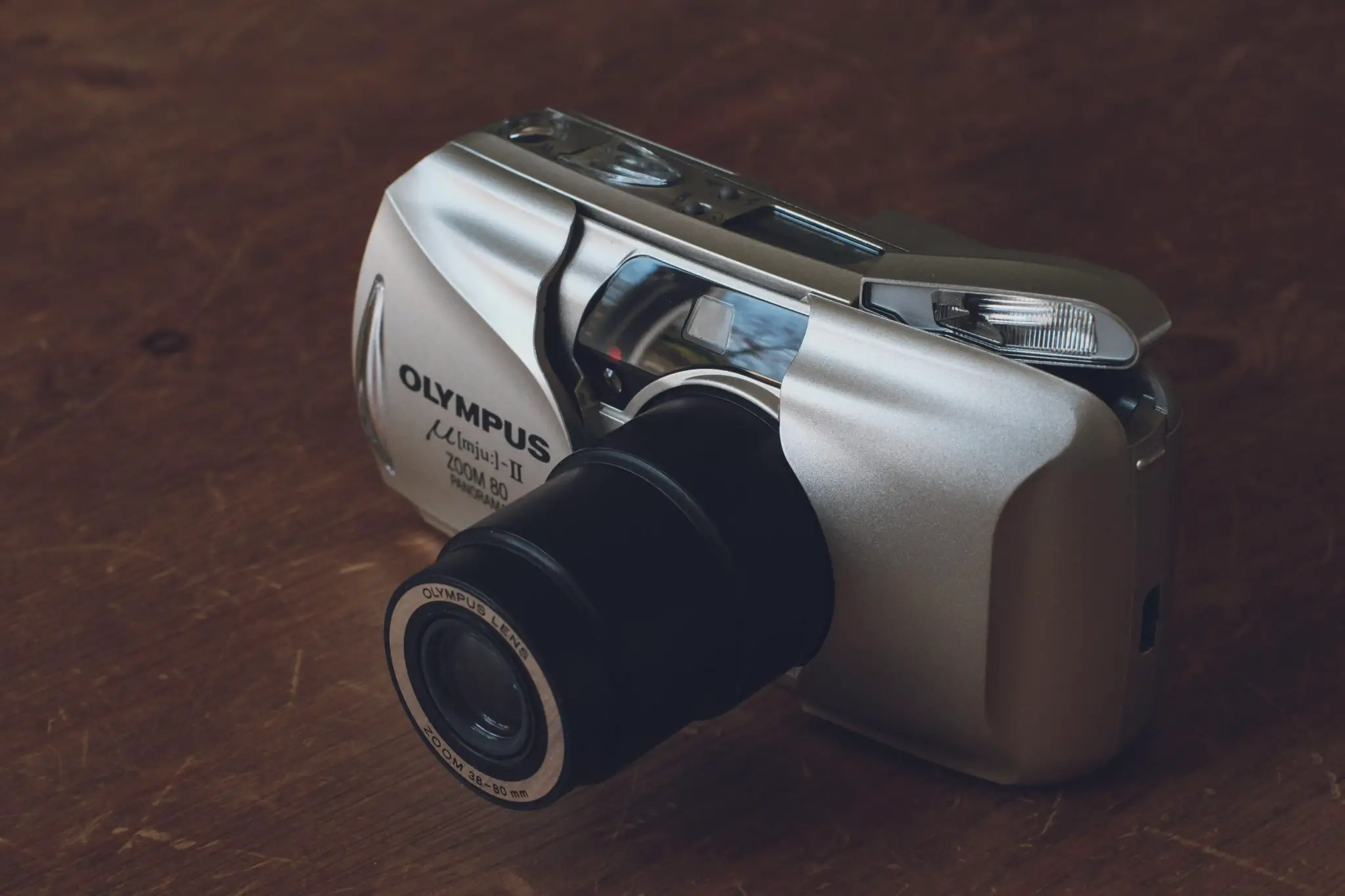








Comments
Andrew Karlson on Olympus Mju II Zoom 80 Panorama Review – by Ken Hindle-May
Comment posted: 27/06/2018
Comment posted: 27/06/2018
Comment posted: 27/06/2018
Cameraville.co on Olympus Mju II Zoom 80 Panorama Review – by Ken Hindle-May
Comment posted: 28/06/2018
Comment posted: 28/06/2018
Pedro Trevino on Olympus Mju II Zoom 80 Panorama Review – by Ken Hindle-May
Comment posted: 02/07/2018
Iman Benjamin on Olympus Mju II Zoom 80 Panorama Review – by Ken Hindle-May
Comment posted: 17/08/2018
Comment posted: 17/08/2018
Gordon Palmer on Olympus Mju II Zoom 80 Panorama Review – by Ken Hindle-May
Comment posted: 15/01/2019
Comment posted: 15/01/2019
Comment posted: 15/01/2019
Olympus Mju-II review - Kosmo Foto on Olympus Mju II Zoom 80 Panorama Review – by Ken Hindle-May
Comment posted: 29/08/2019
Recommended reading : Down the Road on Olympus Mju II Zoom 80 Panorama Review – by Ken Hindle-May
Comment posted: 05/03/2020